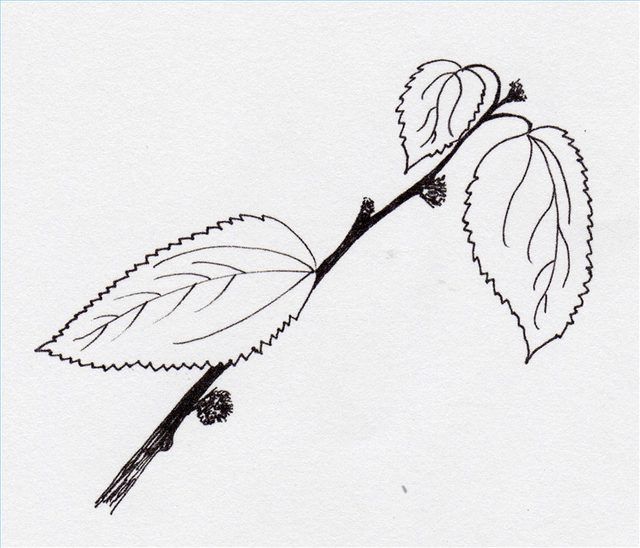Bulbs
Flower Basics
Flower Beds & Specialty Gardens
Flower Garden
Garden Furniture
Garden Gnomes
Garden Seeds
Garden Sheds
Garden Statues
Garden Tools & Supplies
Gardening Basics
Green & Organic
Groundcovers & Vines
Growing Annuals
Growing Basil
Growing Beans
Growing Berries
Growing Blueberries
Growing Cactus
Growing Corn
Growing Cotton
Growing Edibles
Growing Flowers
Growing Garlic
Growing Grapes
Growing Grass
Growing Herbs
Growing Jasmine
Growing Mint
Growing Mushrooms
Orchids
Growing Peanuts
Growing Perennials
Growing Plants
Growing Rosemary
Growing Roses
Growing Strawberries
Growing Sunflowers
Growing Thyme
Growing Tomatoes
Growing Tulips
Growing Vegetables
Herb Basics
Herb Garden
Indoor Growing
Landscaping Basics
Landscaping Patios
Landscaping Plants
Landscaping Shrubs
Landscaping Trees
Landscaping Walks & Pathways
Lawn Basics
Lawn Maintenance
Lawn Mowers
Lawn Ornaments
Lawn Planting
Lawn Tools
Outdoor Growing
Overall Landscape Planning
Pests, Weeds & Problems
Plant Basics
Rock Garden
Rose Garden
Shrubs
Soil
Specialty Gardens
Trees
Vegetable Garden
Yard Maintenance
How to Use Hawaiian Mamaki
How to Use Hawaiian Mamaki. Mamaki (Pipturis albidus A. Gray) is a small tree that grows up to 5 feet in height. It belongs to the nettle family. Mamaki is endemic to Hawaii (it was introduced in ancient times). It is easy to grow in tropical gardens. Look for starter plants at specialty nurseries and botanical gardens. Mamaki leaf is commonly used...

Mamaki (Pipturis albidus A. Gray) is a small tree that grows up to 5 feet in height. It belongs to the nettle family. Mamaki is endemic to Hawaii (it was introduced in ancient times). It is easy to grow in tropical gardens. Look for starter plants at specialty nurseries and botanical gardens. Mamaki leaf is commonly used to help support healthy prostate glands and the urinary tract. It is also used for allergy and hay fever symptoms. Other members of the nettle family have stinging hairs that ward off herbivores. Mamaki has no stingers, presumably because this defense mechanism was not needed in the absence of predators.
Things You'll Need
Fresh or dried mamaki leaves
Boiling water or alcohol
Teapot, teacup or clean glass jar with tightly fitting lid
Make tea. If you have fresh mamaki available, these leaves makes the best tea. If you purchase dried leaves, you will get similar results. Dried leaves are typically sold at drug stores and specialty stores in Hawaii.
Place 6 fresh or dried leaves of mamaki into a teapot or teacup for each cup that you want to make.
Boil water in a tea kettle or pan and then pour it over your mamaki leaves.
Allow your tea to steep for about 10 minutes, and then strain it and enjoy with sugar, honey, lemon, milk or other tasty additions.
Tips & Warnings
If you are using mamaki for a specific medical condition, be sure to consult with a health-care professional.
Drink no more than 3 cups of mamaki tea each day because it can be a strong diuretic (increases urination).
Mamaki leaves are a favorite food for the Kamehameha butterfly’s larvae (Vanessa tameamea).
Do not use this herb if pregnant or nursing. Nettle is a galactagogue (increases milk production).